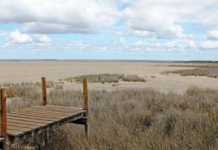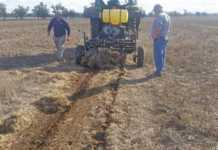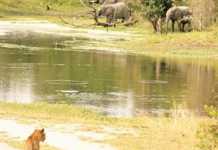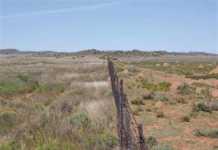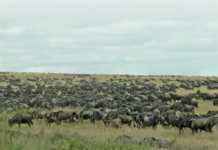Sericea lespedeza (botanical name Lespedeza cuneata) can transform forage production in the crop growing regions of South Africa. In fact, the transformation is already a stunning achievement on many South African farms.
One farmer near Matatiele has revolutionised his livestock farming operation by planting 1 000ha to it. The transformation is about replacing costly low-quality perennial grass pastures with an inexpensive high-quality perennial legume.
The result is a major increase in the profitability of livestock farming and an excellent example of biological farming at its best. It has taken a long time for farmers in South Africa to see the amazing potential of sericea, commonly known as “poor man’s lucerne”. And I suspect the off-putting name is partly responsible for the resistance.
How about changing the name to “prosperity lucerne” and speeding up the transformation process?
The major obstacle in accepting sericea is that it takes several years before it produces a good quantity of forage. But Paul Grey, who farms in the Ermelo district, has dispelled this misconception by demonstrating that more than 4t of protein-rich hay can be cut five months after planting in early November and cut in late March.
Key to his success was good seedbed preparation, a good seeding rate and planting method, early summer planting and highly effective nut grass control, annual grass and broad leaved weeds. The herbicide used can easily be adopted by any farmer who can set up a spray-rig correctly.
Replacing eragrostis
Sericea is a summer-growing legume that can effectively replace Eragrostis curvula. Like eragrostis, sericea grows well on old low-fertile and humus-depleted lands. But sericea will outperform eragrostis on shallow soils.
Abandoned lands that couldn’t produce satisfactory yields of eragrostis can now be converted into productive sericea pasture.
The reason is simple. Eragrostis needs nitrogen, and to fertilise a grass pasture on shallow soils is a poor investment that carries a high risk – if it doesn’t rain, your nitrogen is wasted. Being a legume, sericea doesn’t require any nitrogen.
It’s also highly drought-tolerant and will produce a good forage yield on relatively infertile soil with no fertiliser at all.
The story of sericea
The best and toughest teachers are failures and mistakes. They’ve done an admirable job with sericea and are due for retirement.
In 1982 in Georgia in the US, Willie Nel and I are in the office of Bruce Pennington, owner of Pennington Seed Company. We’re in the US to find legumes suitable for the eastern Free State, where Willie farms.
We describe the problems Willie and other farmers in this region have. Problems such as shallow soils that are run-down after years of abusive agronomic practices.
Another problem is the low rainfall of 600mm/year to 650mm/year. Its efficiency is seriously reduced by erratic distribution and heavy thunderstorms, which means that most the precipitation runs off the lands, taking with it our more fertile topsoil to clog our dams.
Bruce announces, “There’s only one legume you can take back to South Africa – sericea lespedeza.” Next time we’ll look at early successes and failures and learn that changing the cultivar can make all the difference.

